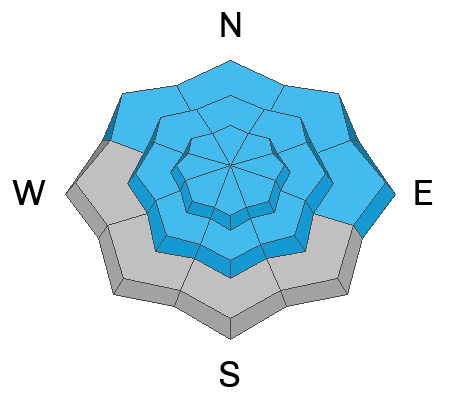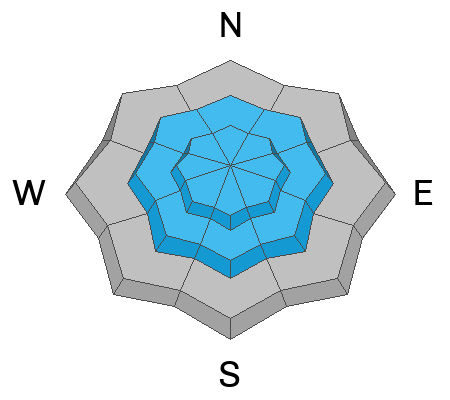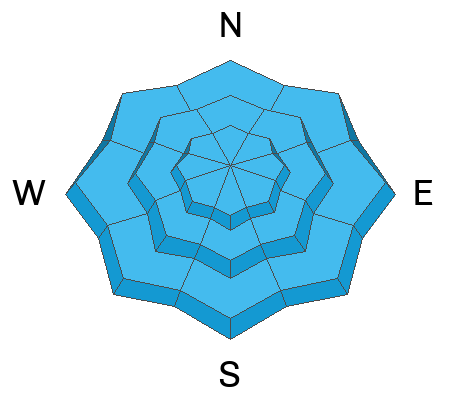Forecast for the Logan Area Mountains

Issued by Trent Meisenheimer on
Saturday morning, December 31, 2022
Saturday morning, December 31, 2022
Today the avalanche danger is HIGH on all mid and upper-elevation steep slopes. People are likely to trigger an avalanche 1-4 feet deep on a persistent weak layer. Natural and human triggered avalanches involving slabs of new snow or wind-drifted snow are also very likely.
- Very dangerous avalanche conditions. Traveling in avalanche terrain is not recommended.
- Stay off and out from under backcountry slopes steeper than 30 degrees.

Low
Moderate
Considerable
High
Extreme
Learn how to read the forecast here









